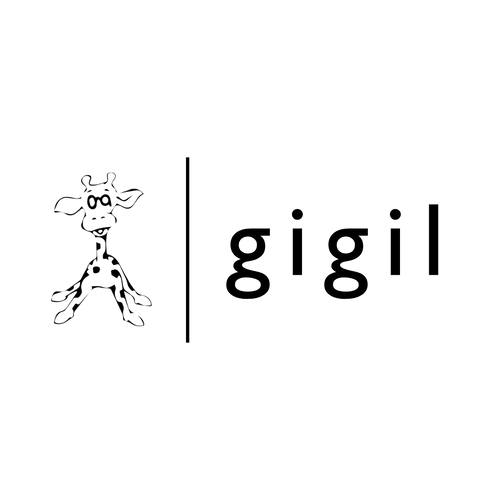Colostrum 101: A Midwife’s Guide to Harvesting and Storing Your First Milk
Written by Lara Taylor, Specialist Midwife – for Gigil
Out of all the miraculous things your body can do, like growing eyelashes, building a placenta, keeping a human alive with really no conscious effort…. colostrum might be the most quietly powerful of them all.
And yet, It’s one of the most misunderstood!
I’ve lost count of how many times I’ve heard, “I’m not producing enough milk,” or “my milk hasn’t come in’” in those early days. But here’s the truth: you’re probably producing exactly what your baby needs. You just haven’t been told what that looks like for you.
So, let’s walk through the science, the myths, and the method, without pressure, without overwhelm. Just the facts, the physiology, and a reminder that your body is quietly brilliant.
What actually is colostrum?
Colostrum is your baby’s very first milk, made by your body during pregnancy and ready from the moment they’re born.
Thick, golden and small in volume but massive in its impact. It’s not called liquid gold for nothing!
And the most incredible part? It’s tailored. Your body calibrates its exact contents, from antibodies to sugars and micronutrients to suit your baby, your birth, and your moment.
What’s in it? Why does it matter?
Colostrum is lower in fat and sugar than mature milk, which makes it gentle for tiny tummies and easy to digest. But don’t mistake that for basic, because it’s anything but.
Inside each drop:
- White blood cells that act like your baby’s internal shield
- Vitamins A and E for skin, vision, and immune support
- Magnesium for early bone and heart development
- Antibodies that begin building your baby’s immune system from hour one
- Nutrients and enzymes designed to coat and seal the gut… which really is the beginning of lifelong health.
It’s also what we advise giving babies in neonatal units, especially those born premature or unwell. In those cases, colostrum isn’t just beneficial, it’s critical.
When does it start to appear?
If you’ve ever woken up with a sticky patch on your bra during your third trimester then you’ve most likely experienced your colostrum already.
It usually starts producing around 16–20 weeks of pregnancy, thanks to rising levels of prolactin. But it won’t be in high gear yet, because your body is just preparing.
💡 Lara’s Tip: If you’re already leaking a little, keep a few breast pads in your bag.
Colostrum Myth Busting
Let’s address the quiet panic behind the phrases:
“My milk hasn’t come in yet.”
You are producing milk, just not in the amounts Instagram made you expect. Colostrum is small-batch, high-impact and exactly in the amounts your baby needs in the first few days of life.
“It’s not enough to feed them.”
Your baby’s stomach is marble-sized on day one. They’re adjusting to life outside the womb and learning to suck, swallow, and breathe…that takes energy. Colostrum meets that need.
“They’re feeding constantly, is it because I’m not making enough?”
No. Colostrum is produced on a supply and demand process, so they’re helping regulate your supply, and frequent feeds encourages a faster transition to a more mature milk. Frequent feeding doesn’t mean failure, it’s the system working. As the milk volume increases your baby will be satisfied for longer between feeds, so go with it and feed on demand, never leaving your baby for longer than 3 hours in between feeds in the first 2 weeks.
What is colostrum harvesting?
Harvesting simply means expressing colostrum before your baby is born, usually from around 36 weeks. This is the process of stimulating the breasts by hand to provide the first milk for collection and storage, for use soon after birth.
Why do it?
- You get comfortable with hand expressing before baby arrives
- You may feel better prepared for breastfeeding
- You boost your confidence in your body’s ability to produce milk
- You collect backup nutrition in case baby needs it post-birth
- You have something on hand if you’re separated after delivery or baby needs help stabilising blood sugars
- Colostrum can be offered alongside formula too
There’s no evidence that harvesting alone causes labour. It does raise oxytocin, but so does sex, cuddles, and breast stimulation. If you ever feel tightening or discomfort, let your Midwife know.
💡 Lara’s Tip: Keep 1ml syringes, freezer-safe labels, and a zip lock bag in your changing bag or nappy caddy. Having everything on hand makes harvesting feel doable, not daunting.
How do I harvest?
Prep your body the same way you’d prep for a bath or massage, and create a comfortable and relaxed environment:
- Warm, clean hands
- A quiet room or calming playlist
- Warm towels over the chest or run yourself a warm bubble bath
- Light stimulation (gentle massage or nipple rolling)
Start gently: once a day, for 1–2 minutes.
Then slowly build up to 5–10 minutes, 3–5 times a day.
Watch my video on ‘how to’ harvest colostrum.
💡 Lara’s Tip: Always check with your midwife before beginning. There are rare reasons why colostrum harvesting might not be advised.
How do I store colostrum?
Firstly, make sure each syringe is clearly labelled with your name, date, and time.
- Fridge: Store syringes for up to 48 hours at 2–4°C. You can add to the same syringe throughout the day.
- Freezer: Transfer labelled syringes to a zip lock freezer bag. Store at –18°C for up to 6 months.
If you plan to birth in hospital, you can take your full syringes with you for those early days.
- Hospital transport: Use a cool bag with ice packs. Once thawed, keep chilled and use within 24 hours.
Let your care team know you've brought it with you on your arrival. They may have facilities to store in a refrigerator.
My final bit of advice for those early days
Firstly, I always recommend creating a Postnatal plan, to help you adjust comfortably, with an element of control in a time that can be overwhelming.
Primarily your job is to feed, eat, rest and sleep, so try to forget about anything else you think you need to do. Ask for help and let others take over the responsibility of household chores and cooking.
Hold your baby as much as possible and really get to know each other. There’s a lot to learn for you both, and not just related to feeding. You’re both transitioning.
Like most things in pregnancy, birth and parenting, feeding is personal. You deserve full information for you to be able to make an informed decision about your feeding choice. As a midwife, I’ll always recommend breastfeeding, for all the reasons above, and because our bodies are designed for it. But I also fully support every parent’s choice. However you feed — supported is best.
🍼 Gigil Recommends:
If you’re planning ahead, Gigil’s signature changing bags and nappy caddies are ideal for packing syringes, breast pads, and labelled freezer kits discreetly because you deserve practicality that feels good.
By Lara Taylor, Specialist Midwife - For Gigil
Instagram: @lara_thespecialistmidwife
Website: The Specialist Midwife | Private Midwifery



